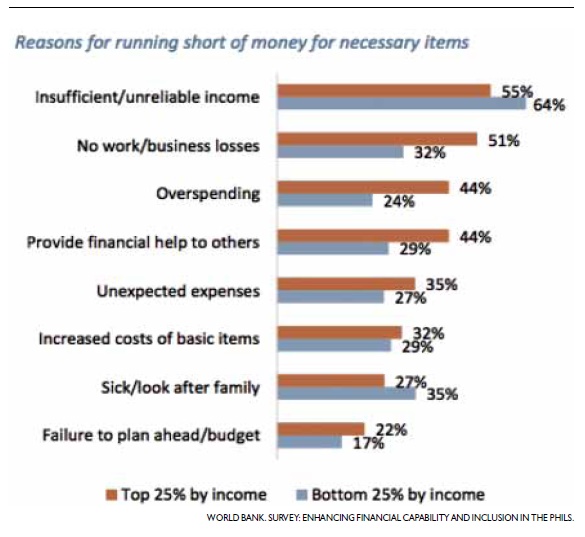BSP wary of inflation in typhoon’s aftermath
Inflation projections for the local economy may be recast anew amid new push and pull pressures coming from in and out of the country, the central bank chief said this week.
Bangko Sentral ng Pilipinas (BSP) Governor Amando M. Tetangco Jr. said effects of the country’s most recent natural calamity—Typhoon “Lando” (international name: Koppu)—were still being assessed.
Meanwhile, fuel prices have been more stable than officials initially expected, helping keep overall consumer prices low.
This comes amid uncertainty over the path of inflation, or the average rise in consumer prices in the country. Last month, inflation stood at a record low of 0.4 percent, slower than the previous low of 0.6 percent set the month before.
“We will have to recalculate our inflation path to see how it is affected by the recent developments, particularly on oil,” Tetangco said Tuesday evening.
Last year, inflation peaked at 4.9 percent in July and August, which means base effects would have been strongest during those same months in 2015. Despite the waning base effects, inflation has continued to decelerate.
For all of 2015, the BSP said inflation would average below the official target range of 2 to 4 percent.
Despite recent increases, fuel prices have remained well below peaks. New York and Brent oil prices were below $50 a barrel this week. Prices of about a tenth of the goods in the basket of consumer items tracked by the Philippine Statistics Authority (PSA) are affected by the cost of oil.
Meanwhile, Tetangco said the BSP was waiting for the national government’s complete assessment of the damage caused by the Typhoon Lando.
The agriculture department this week said the typhoon caused about P5.9 billion worth of damage to farmlands in Luzon, a major food-producing area for the country.
This puts further strain on the Philippines’ food supply, which government officials before the typhoon already sought to augment through additional rice imports in early 2016.
“We will do an estimate of the potential impact,” Tetangco said. “We have enough room in terms of the target,” he said.

